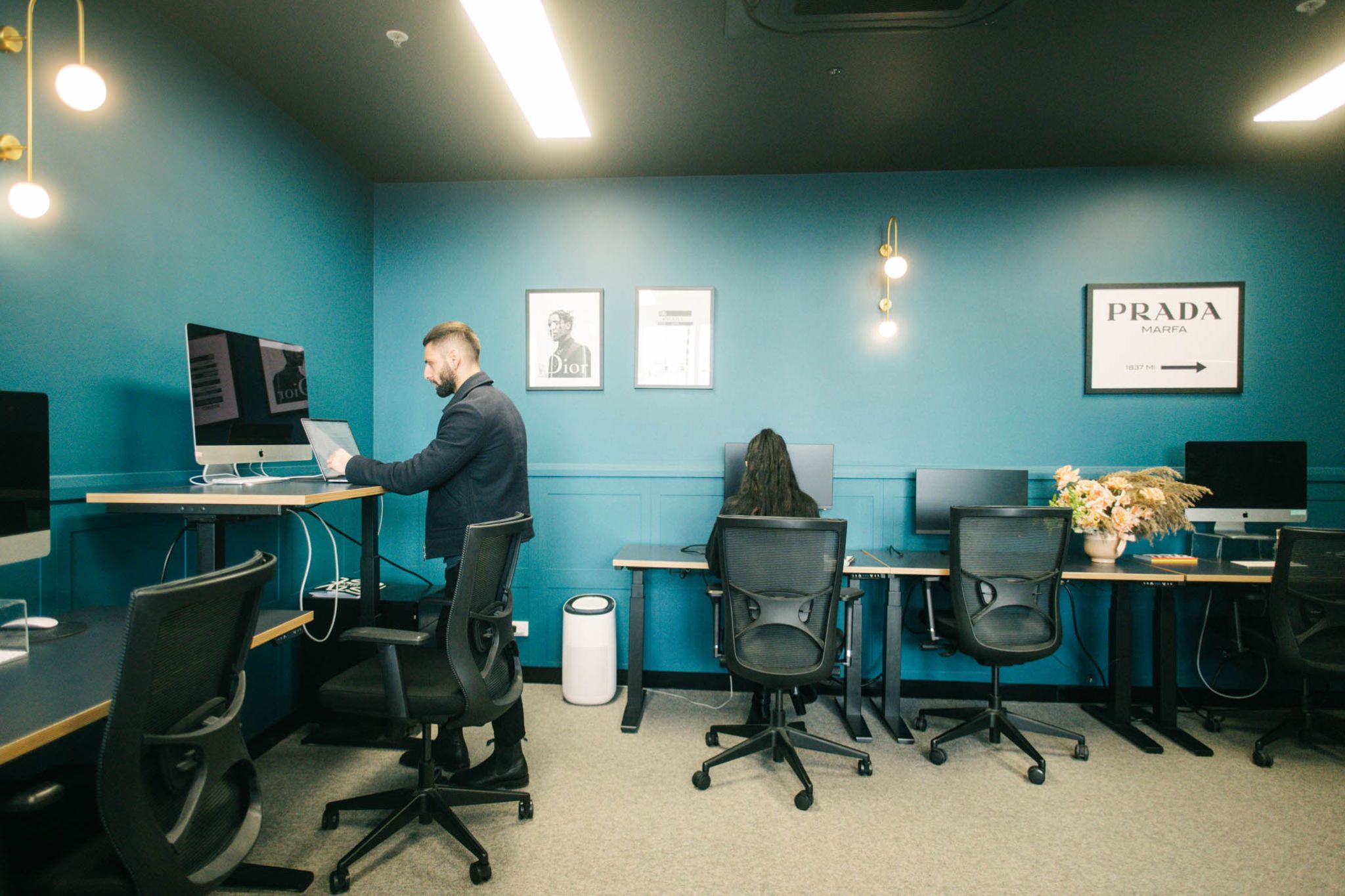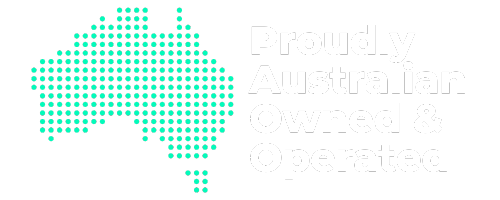When it comes to choosing a workspace, businesses have two main options: traditional office spaces or flexible workspaces. While traditional offices have been the norm for decades, flexible workspaces are becoming increasingly popular.
Here are some key differences between the two:
- Cost: Traditional offices often require a long-term lease commitment and upfront costs for fit-out and furnishings. In contrast, flexible workspaces typically offer flexible lease terms and already furnished offices, which can save businesses a lot of money in the long run.
- Flexibility: Traditional offices usually require a fixed lease term, which can make it difficult for businesses to adapt to changing circumstances. On the other hand, flexible workspaces offer short-term leases and the ability to scale up or down as needed, making them ideal for businesses that need to be agile.
- Networking Opportunities: Traditional offices can provide opportunities for networking with colleagues within the same building, but flexible workspaces often have a wider range of businesses sharing the space. This can provide valuable networking opportunities with a more diverse range of professionals and industries.
- Amenities: Flexible workspaces often offer a range of amenities such as reception services, meeting rooms, and kitchen facilities. Traditional offices may not offer these amenities or may require additional costs to access them.
- Location: Traditional offices are often located in central business districts, while flexible workspaces can be found in a wider range of locations. This can make it easier for businesses to find a workspace that is convenient for their employees and clients.
Overall, the choice between a traditional office and a flexible workspace depends on a business’s specific needs and priorities. The pandemic however has forced businesses to rethink how we operate whilst accelerating the adoption of new technologies and work models.
In today’s fast-paced business world, flexibility is key, and flexible workspaces are the perfect solution for anyone looking for a dynamic and versatile workspace, something to really consider when weighing up the two.




